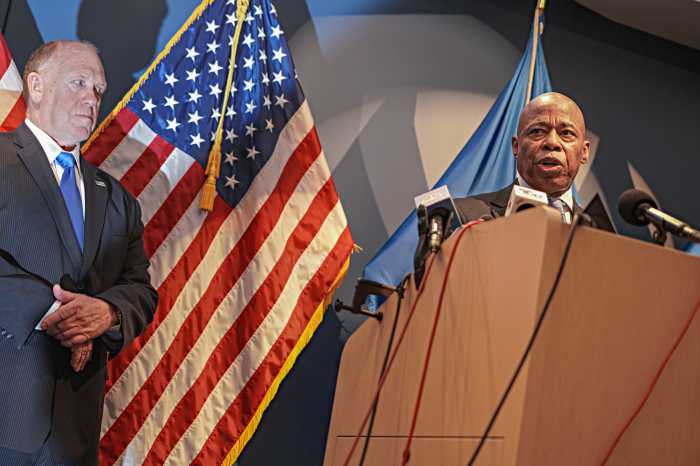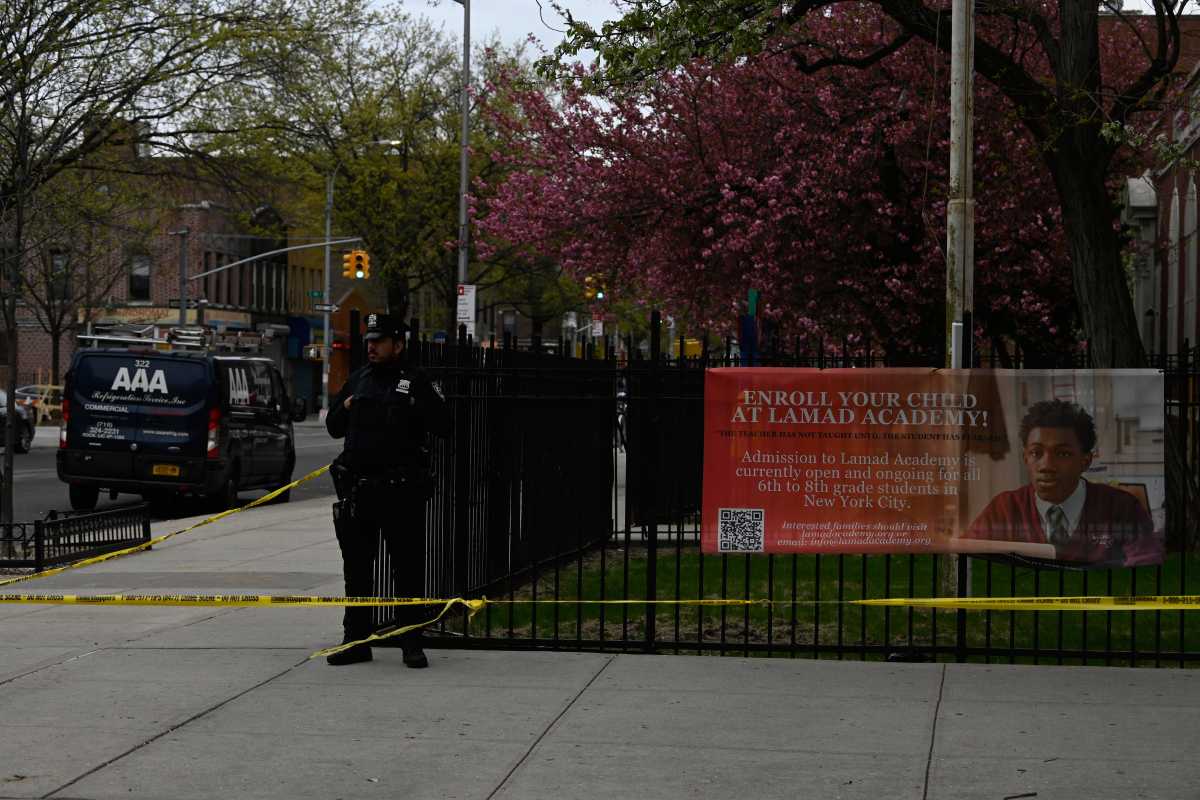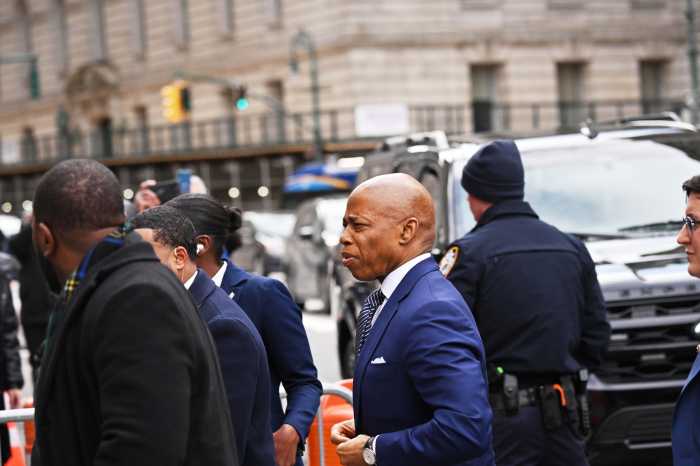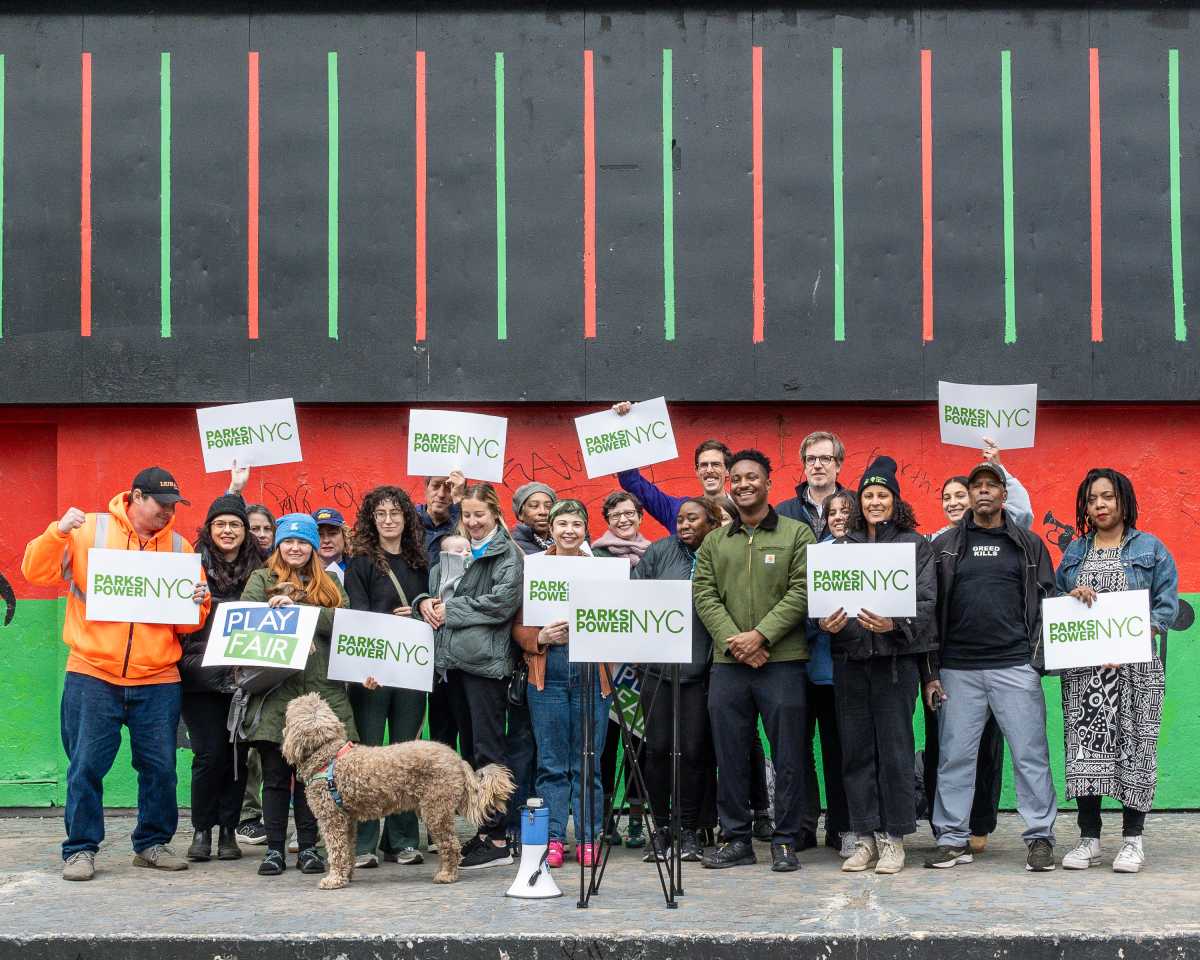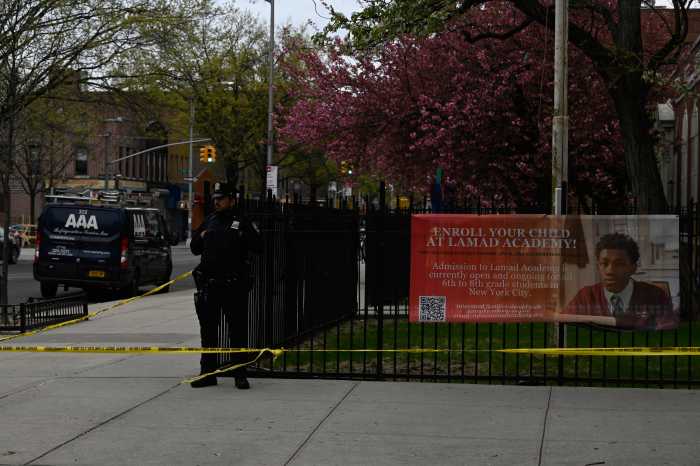
The scaffolding does not lie.
The city issued a record 88,838 construction permits over the last six months, eclipsing the previous high set in the spring and summer of 2016, according to new Department of Buildings data.
“It’s not your imagination: construction is at a record high in New York City,” Buildings Commissioner Rick Chandler said in a statement.
The department published a new interactive feature Wednesday, called the NYC Construction Dashboard, which includes graphics and maps showing how many permits for new buildings, demolitions and alterations have been issued in various communities.
Chandler said this dashboard is part of the department’s larger modernization efforts, intended to help the city deploy inspectors based on which areas or contractors may be having the most issues or injuries, with several construction workers having died on the job in recent years.
Outside City Hall, the data has reaffirmed for some that their griping about noise and overdevelopment concerns is warranted.
The data shows the part of midtown below Central Park has seen the most construction activity, with 13,098 permits issued so far this year.
That came to no surprise to some locals facing an influx of supertall residential skyscrapers.
“We see there is construction on every block,” said Layla Law-Gisiko, the chair of Manhattan Community Board 5’s Landmarks Committee and the Central Park Sunshine Task Force.
Law-Gisiko was pleased to see the city sharing permitting data. She said the stats show most projects simply need to abide by current provisions to get a permit and very few require approval from the city government, which typically makes applicants come before community boards and listen to local feedback.
“There is a discrepancy between the pace of our building environment and the way it is changing and the opportunity for the public to be involved,” Law-Gisiko said.
The city issued the second highest number of permits — 6,832 — on the Upper East Side.
The area’s councilman, Ben Kallos, said he fields complaints daily about overdevelopment and is worried the city is not ready to absorb the population boom it is experiencing.
“They don’t have the school seats we need for the people living here and moving here,” he said. “The Second Avenue Subway is already surpassing ridership goals and they are adding more and more trains.”
Meanwhile, the number of demolition permits was highest in Midtown East, Bushwick and Gowanus in 2016. The Department of Buildings noted that demolition work typically occurs to make room for new development and precedes further construction activity.
Discussions are underway about rezoning Bushwick and Gowanus to allow for more residential buildings.
But in Gowanus, many property owners seem to be converting spaces back to manufacturing facilities because they have grown tired of waiting to see if a rezoning will pass, according to Paul Basile, president of the Gowanus Alliance, which promotes the local industrial and manufacturing sector.
“Some of these properties were warehoused for a decade,” Basile said. “Those demolitions and alterations are now being used to reinvest in manufacturing.”
The city pointed out that all the development has led to a record 43,258 construction jobs in 2016.
But Chandler said the department is also aware of noise and other disturbances associated with construction work. He said the department does its best to suss out whether the complaints stem for construction work, rather than ambient noise, and then tries to improve the situation.
Although the Department of Buildings does not steer planning and development decisions, Chandler said his team shares this sort of data with city planners to help guide larger discussions about land use decisions.



